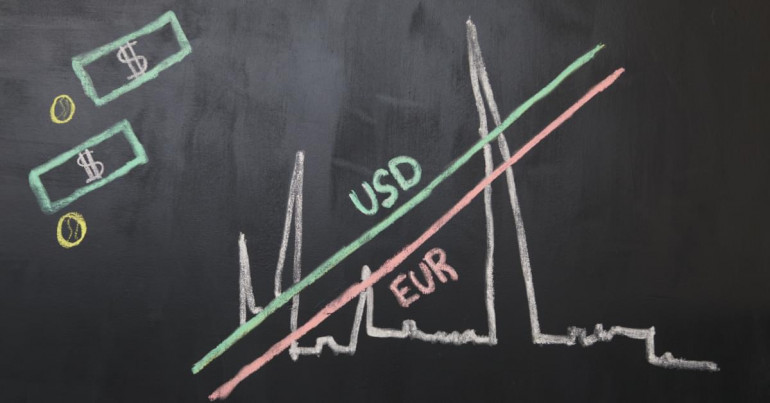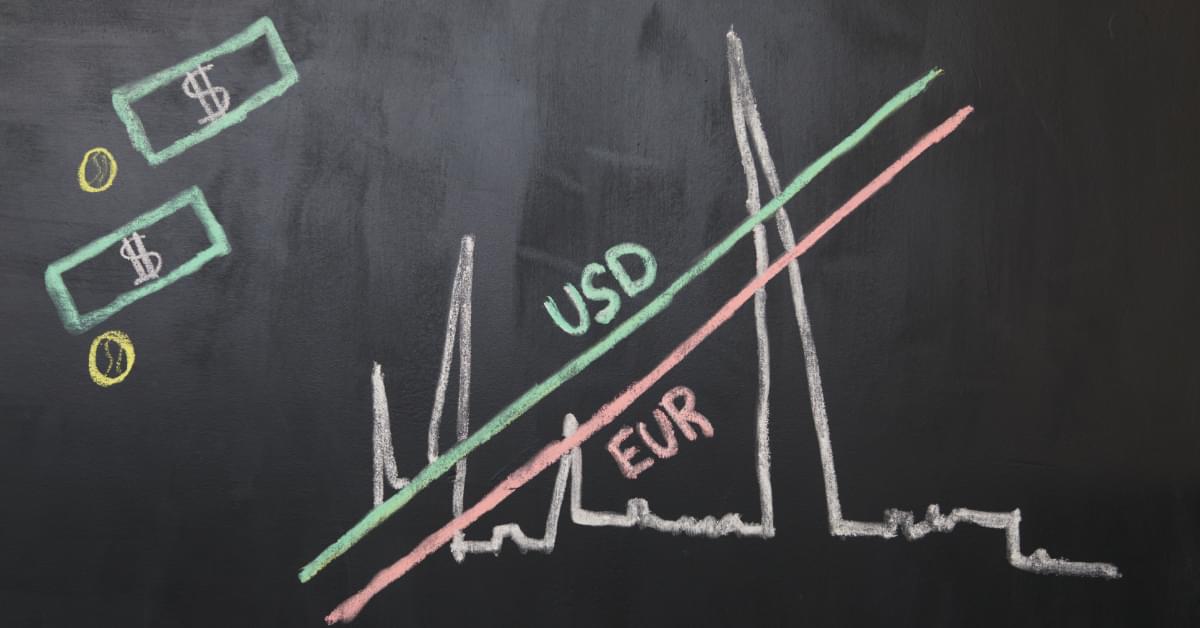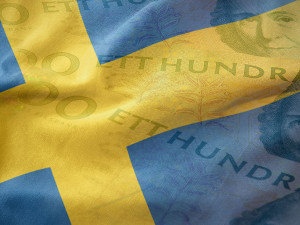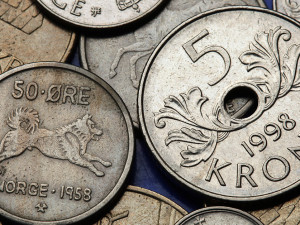
A currency pair refers to the value of two currencies compared against each other, which is generally used for forex trading.
Forex traders don’t just trade at random. They will pick specific currency pairs to trade with and implement strategies to attempt to follow the market and turn a profit. It’s therefore important for traders to obtain as much information as possible about the behaviour of the two currencies and their relationship, hence the need to name the currency pair.

Understanding currency pairs
The format of the currency pair is important, as the order signifies how the currency is being traded. Take for example the currency pair EUR/USD. The currency that comes first is known as the base currency, and the second is known as the quote or counter currency.
- EUR (Euro) is the base currency
- USD (US dollar) is the quote currency
This makes understanding the values simpler. For example, if you wanted to trade €15,000 into dollars, you wouldn’t refer to it as 15,000 EUR = 16,287 USD. Instead, the base currency will be set at one, and the quote currency will measure the exchange rate, which can then be applied to any amount. In this case, the exchange rate is simply demonstrated as EUR/USD 1.08. This means that 1 EUR is the equivalent of 1.08 USD.
Most traded currency pairs
The four most-traded currency pairs are referred to as major pairs, and are all traded with USD.
Due to the US dollar’s stability and rooting in the world economy, it is a stable benchmark to trade against. It’s also the most widely used currency and the global reserve currency, meaning that demand is high for international transactions and trade settlements. Approximately half of all forex trades involve the US dollar.
These currencies are traded heavily both for international business reasons and also for forex businesses and traders.
1. EUR/USD
EUR/USD is by far the most traded currency pair, making up 20% of all forex transactions. This is because it involves the two largest economies in the world – the hugely dominant US dollar, and all the countries within the Eurozone.
In terms of forex trading, the extremely high daily volume of EUR/USD transactions means that the currency pair has a lot of liquidity, meaning that it can be bought and sold without too much fluctuation in the price. This means that the spreads are generally quite tight, and orders can be executed faster.
2. USD/JPY
The second-most traded currencies, the US dollar and the Japanese Yen, have significant investment ties and import and export a huge amount of goods between each other. Japan is known for its strong financial sector, and against the dollar, this makes for a strong pairing.
3. GBP/USD
Despite the two currencies fluctuating against each other throughout the turbulent 20th century, the pound and the dollar have a strong relationship. While GBP has always been ahead of the USD in value, the dollar has come close to overtaking GBP a few times, reaching GBP/USD 1.05 in 1985 and GBP/USD 1.08 in 2022.
4. USD/CHF
Swiss Francs have a reputation for financial stability, and Switzerland is a global player in international trade and finance. Switzerland is also considered a tax haven and a financial safe haven due to its stability. This means there is a huge amount of trading between the USA and Switzerland, and both countries are interested in each other’s prosperity.
Minor currency pairs & exotic currencies
After the four major currency pairs, we have what are referred to as the minor currency pairs. These are currency pairs that do not typically involve the US dollar but still have a large trading volume.
The most traded minor currency pairs include:
- EUR/GBP (Euro/British pound)
- EUR/JPY (Euro/Japanese yen)
- GBP/JPY (British pound/Japanese yen)
- GBP/CAD (British pound/Canadian dollar)
- CHF/JPY (Swiss franc/Japanese yen)
- EUR/AUD (Euro/Australian dollar)
- NZD/JPY (New Zealand dollar/Japanese yen)
There is still a huge market in these currency pairs, but the trading volume is smaller, meaning that the liquidity is decreased. Trade between these countries is also less frequent than most of these currencies with the US dollar.
Another type of currency pair is exotic pairs, which trade in exotic currencies. These are typically trades that involve currencies from smaller economies, traded against a major currency, such as EUR or USD.
The most traded exotic pairs include:
- USD/TRY (US dollar/Turkish lira)
- EUR/TRY (Euro/Turkish lira)
- USD/CZK (US dollar/Czech koruna)
- USD/ZAR (US dollar/South African rand)
- EUR/MXN (Euro/Mexican peso)
- USD/HUF (US dollar/Hungarian forint)
- USD/SEK (US dollar/Swedish krona)
- GBP/SGD (British pound/Singapore dollar)

Currency transfers
Many international businesses will trade the currencies that their business is required to, for example if they’re a UK business trading with the US. While this will contribute to exchange rate fluctuation, they will most likely be using a forward contract, so monitoring the exchange rate between the currencies won’t be as necessary.
Forex brokers and institutions are the most likely candidates for studying a currency pair. Choosing a currency pair for the purpose of forex trading can seem daunting in trying to understand each economy, but success can be found with any currency pair if the correct expertise and discipline are applied.
If you need to transfer currencies, sign up today to create your account with CurrencyTransfer, and you’ll get an allocated account manager to assist you with your personal and business payments.
Caleb Hinton
Caleb is a writer specialising in financial copy. He has a background in copywriting, banking, digital wallets, and SEO – and enjoys writing in his spare time too, as well as language learning, chess and investing.



